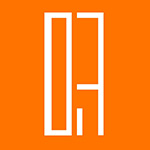The mission is to design “Life on Mars!!!”
By Heidi Qiaochen Liu
For a minimum of 25 people that will address the following:
• Living: 100 square feet per person quarters
• Food: 1000 square feet per person food production area
As an open-interpreted design, proposals should address:
• Community Gathering, Overall Human Health, Sacred Space, Interplanetary Transportation, Future Expansion
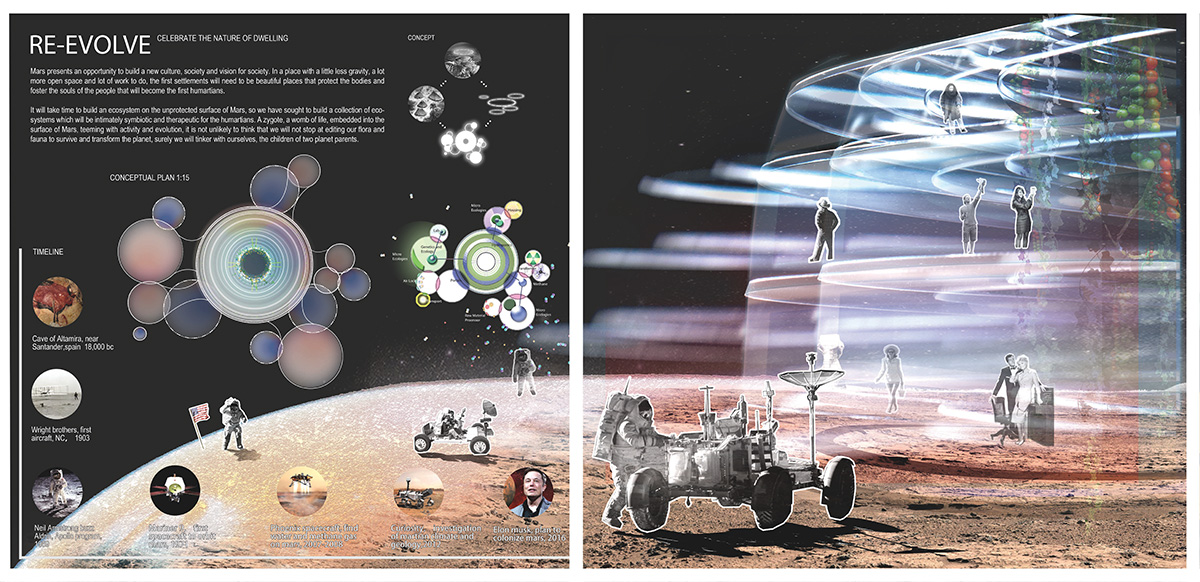
Best Projects will address:
Planning, Landscape, and Design with emphasis on Concept and Well-Being
Motivations: Introduce Human Scale to A New Planet
Forgetting about the construction document and flying with 60% less gravity, this competition had the most intriguing mission! Our imagination and creativity had a chance to flow.
This is a team with 3 Landscape architects and 1 planner. We dare to challenge the architectural proposal with our passion for imagination and human well-being. Two team members had strong interests in this exploratory topic. They love fictions and NASA-related science. I and another teammate wanted to explore the fantasy living experience on Mars.
We both feel inspired by the concept of the poster of ‘A Space Odyssey’. One piece of stone connected the Gorilla with the space traveler regardless of time and space.
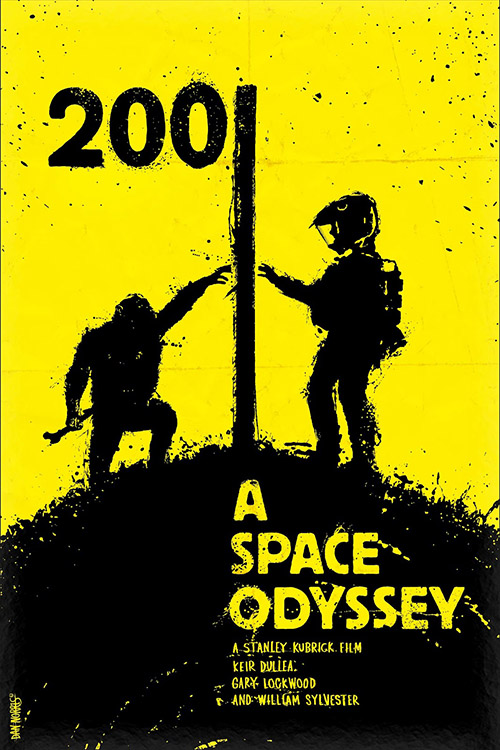
Conflicts:
At the middle of fall semester, everyone was facing tight schedule with studio work, papers, and a few professional network events.
The first week went well actually. I applied the project management table (from this link https://dreamaction.co/project-planning-to-hit-deadlines-with-the-best-efficiency/) to check our progress. Setting up the key dates and work backward really prepared us for the final presentation. The most fun part from the brainstorm was that we identify the type of 25 users. The default setting included the most advanced engineers, scientist, and researchers, and we think it should also be paired with a psychologist and socialist to take care of the mental health and well-being. We also identified what kinds of food could be grown on Mars, what are the prototype has been done to propose the human living space on Mars. At the end, we decide to utilize all the material and recourse on Mars, rather than bring the materials from Earth.
The second week had more challenges. The main challenge was from different opinions. Following the SWOT (Dream Action Link https://dreamaction.co/brainstorm/), I and another 2 landscape architecture students analyzed our specialties and winning strategy. We agreed that avoiding the architectural technical issues, focused on the site circulation and development phases.
We meet 3 times to get the planner on board. But, it did not work at all. He had a very strong opinion to minimize exposure and reduce the radiation risk by designing all space underground. While, the rest of the team values the ability to see the exterior and easy accessibilities.
Everyone who worked in a team may have experienced a conflict. To compromise, we suggested designing half space underground and a half above. Obviously, the conflict was supposed to be solved, right? Nope! The planner still holds this realistic environmental concerns and didn’t accept this approach. The fight didn’t stop until the planner left for a national conference. We remind him again the mission of this design, which is about concept and well-being. After he came back and saw our graphics, he eventually understands and agreed. As you can imagine, it was a tough experience, but I’m glad that all worked out before our final presentation.
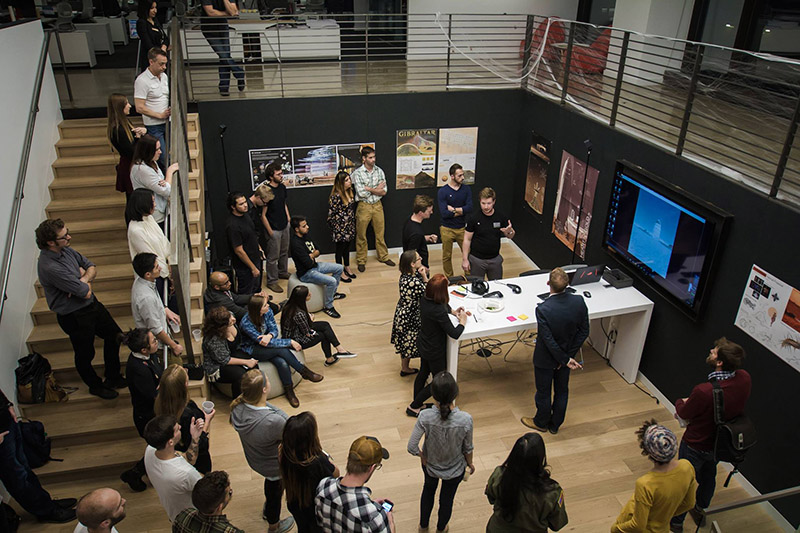
Competition Outcomes – 2nd Place
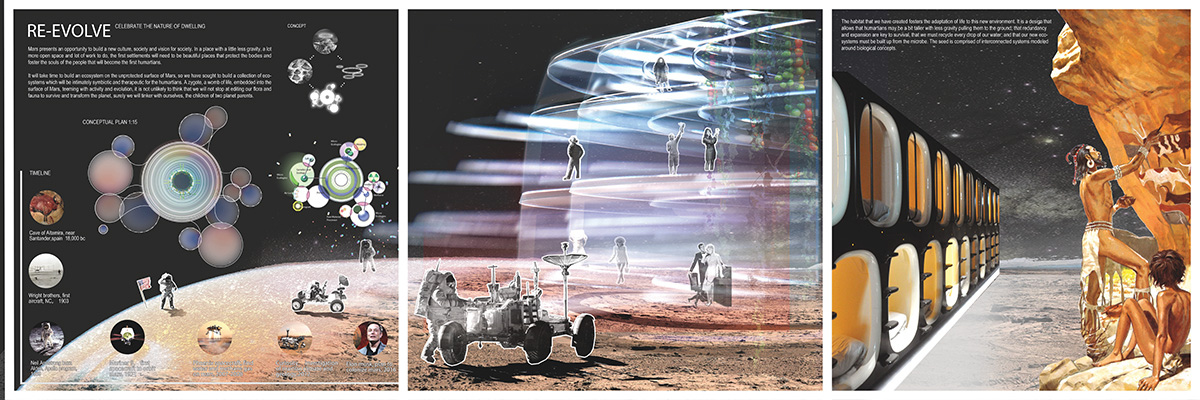 It feels good to get such great critiques with all the teams. The commons approved our effort to prioritize the experience and imagination. It means a lot to us. As a team, the value that we fight many times did meaningful and took us to the award.
It feels good to get such great critiques with all the teams. The commons approved our effort to prioritize the experience and imagination. It means a lot to us. As a team, the value that we fight many times did meaningful and took us to the award.
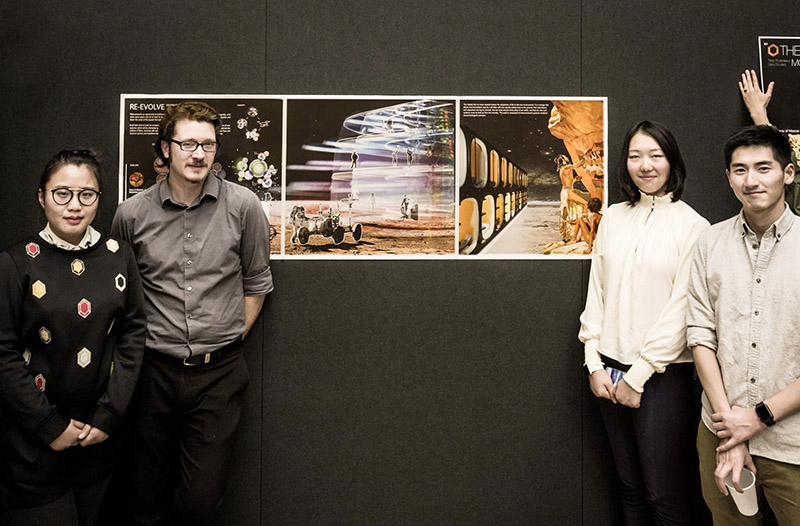
“Although we are not fully understanding this rendering, it looks beautiful!”
“As you presented, the design prioritized the human experience and well-being. It indeed draws our imagination, which thinks beyond the boundary. Often, in real practice, architects need to sell their ideas through amazing renderings, then the clients are willing to hear about the technical issues.”
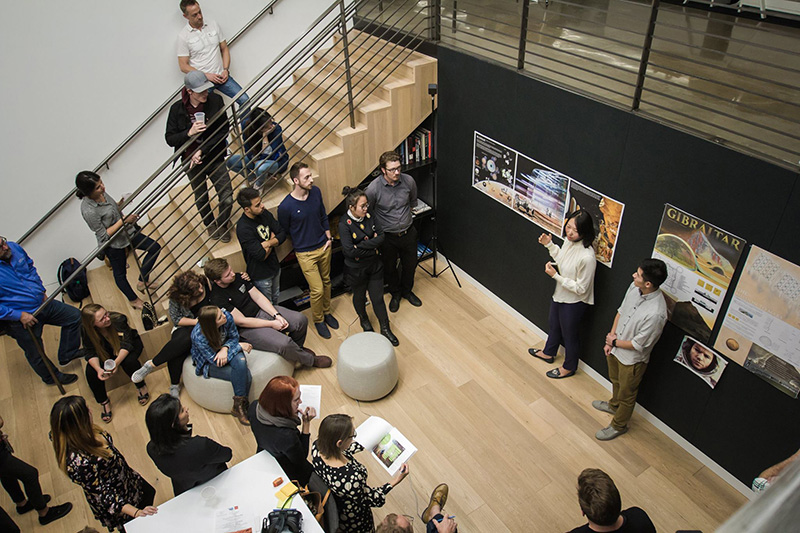 The judges
The judges
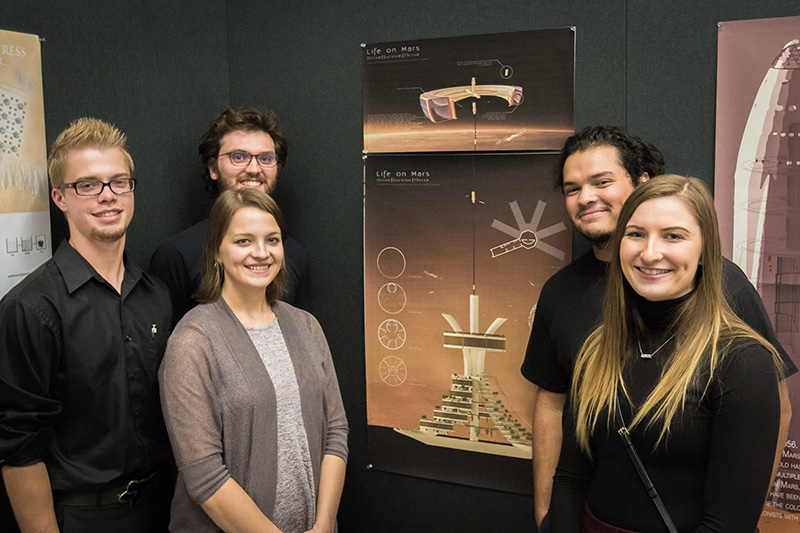 1st Place
1st Place
“It is a very clean and focused design point of view. It is re freshing to see young students’ proposal. You guy expanded the limit of imagination and really shows us one possibility of living on Mars. ”I’ve talked to the team leader, he said that they took literally 3 days for this competition. Wednesday brainstorm and sketch, Thursday produce, and Friday present. If there is one thing from 1st Place team that we don’t have on our board , it would be this focus. Because they don’t have enough time to think about all the other possibilities, they 1st winning team deeply dive into their innovations and fully explained their idea.
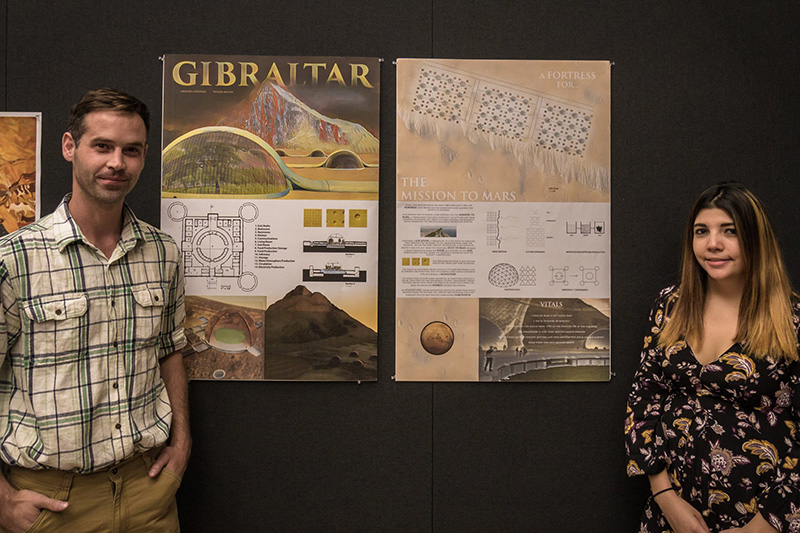 3rd Place
3rd Place
“You presented the design very effectively with the standard types of drawings”
Reflections (Conclusion)
Honestly, at the end of the day, I feel I’m released and thankful. I was thankful that all our team’s hard work was paid off by this 2nd place recognition. I also appreciate the dedications of each of our teammates. I’ve learned so much from them and our interactions. And we still believe that there is not the best concept for the design, but the best design that drives audience’s imagination.
Full Name of team member Mission Is Possible : Life on Mars (2nd Place)
- Zhiguang Hu
- Yuchen Jiang
- Heidi (Qiaochen) Liu
Author Bio
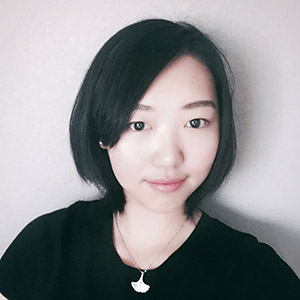
Heidi currently work as Teaching Assistant for Intro to GIS and Construction Process I under the Architecture and Planning Department. Passionate about imagination and interactions, Heidi pushes her design voice to create the sense of belonging and familiarity to engage communities and visitors. She is pursuing her thesis about White Space in Chinese culture and the potentials to adapt in global urban public spaces.
Heidi is a keen sketcher, photographer, and traveler. (https://www.instagram.com/heid1_liu/) She has been traveled to Thailand, Toronto, Iceland, Copenhagen, and Poland. Heidi absorbs positive energies from those activities and gain fresh views to the world she visits. Music instrument and dance play the great part of Heidi’s life. The magic of movement and choreography intrigues Heidi to explore the potential integrations in urban open space.
Heidi is a Chinese student graduated from Shenyang University, China. During 4 years studying in Environmental Art Design, she received 4 years scholarship and was nominated as 2014 Excellent Undergraduate Student.
